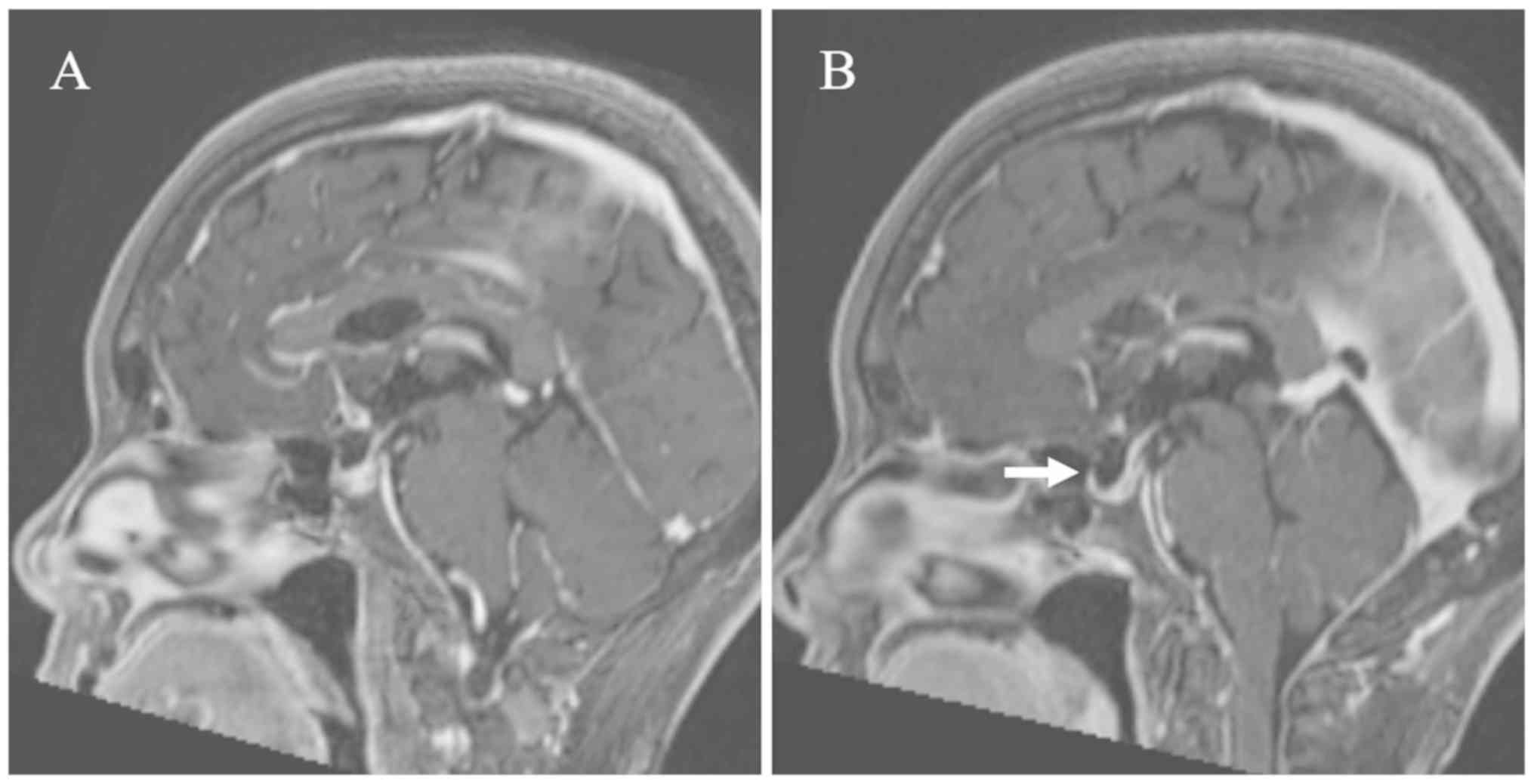


Systemic lupus erythematosus seems to predispose to NSAID-related meningitis. Nor are there any specific characteristics associated with a specific drug. Resolution occurs several days after drug discontinuation and the clinical and cerebrospinal fluid profile (neutrophilic pleocytosis) do not allow DIAM to be distinguished from infectious meningitis. Our review showed that nonsteroidal anti-inflammatory drugs (NSAIDs), antibiotics, intravenous immunoglobulins, and OKT3 antibodies (monoclonal antibodies against the T3 receptor) are the most frequent cause of DIAM. Cases of DIAM were reviewed through a MEDLINE literature search (up to June 1998) to identify possible clinical and laboratory characteristics that would be helpful in distinguishing DIAM from other forms of meningitis or in identifying a specific drug as the culprit of DIAM. Thus, DIAM constitutes a diagnostic and patient management challenge. Drug-induced aseptic meningitis (DIAM) can mimic an infectious process as well as meningitides that are secondary to systemic disorders for which these drugs are used. Several drugs can induce the development of aseptic meningitis. Shared Decision Making and Communication.Scientific Discovery and the Future of Medicine.Health Care Economics, Insurance, Payment.

Clinical Implications of Basic Neuroscience.Challenges in Clinical Electrocardiography.


 0 kommentar(er)
0 kommentar(er)
